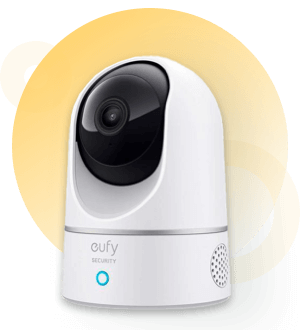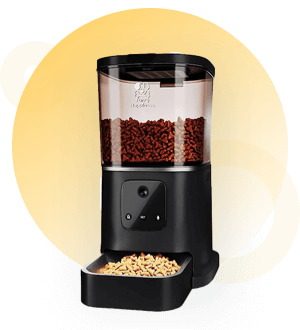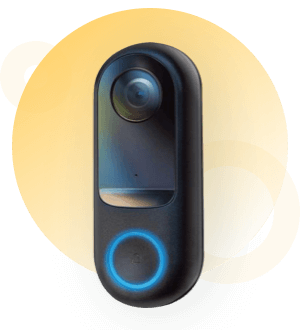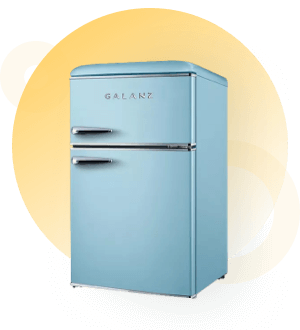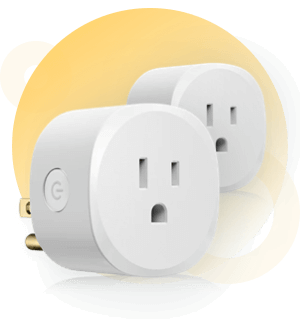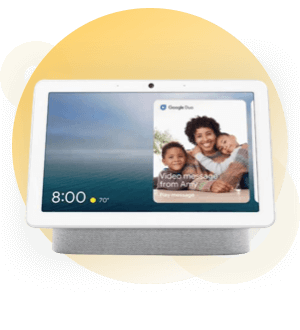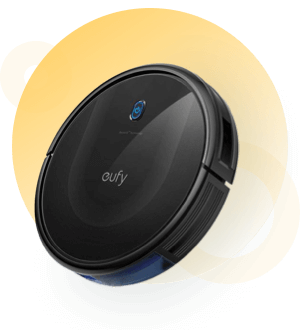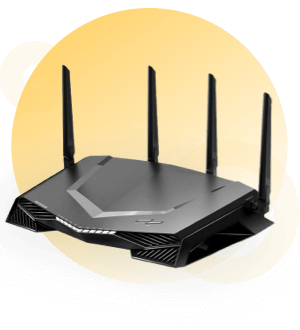Smart home devices have become increasingly popular in recent years, and for good reason. These devices have revolutionized modern living by making our homes more convenient, efficient, and secure. In this article, we’ll explore the benefits of smart home devices and provide some best practices and use cases to help you get the most out of your smart home.
What are Smart Home Devices?
Smart home devices are electronic devices or appliances that connect to a network or the internet and are designed to automate and enhance various aspects of home living. These devices leverage technology to provide increased convenience, energy efficiency, security, and control for homeowners.
The Benefits of Smart Home Devices
There are many benefits to using smart home devices. One of the biggest benefits is convenience. With smart home devices, you can control various aspects of your home from anywhere in the world.
The main categories of why home automation integration is necessary are for – household safety, accessibility, convenience, control, comfort, household efficiency, and electricity efficiency.
1) Safety/Security
- creating a chain reaction from a single event – all interconnected & allowing to track what activity is occurring outside/inside homes
- alerting individuals within the household/institution of potential or ongoing hazards
- automatically acting in situations to prevent disasters – shut off water to a building if there’s a leak detected
- handheld devices can evolve into a portable “control center”
- alert homeowners of a potential intruder while they are either in the home or away from home
2) Accessibility – especially helpful to individuals with disabilities
- control homes through voice commands, simple gestures, or remove controls, ultimately reducing the physical interaction/difficult actions
- creating audio alerts, visual indicators, or haptic (touch) feedback to aid in navigating a home/performing daily tasks
- this goes similarly hand in hand with safety/security with extra help
- INCLUSIVITY for elderly and children, having different needs/requirements/preferences than an average user has – aiding in their day to day tasks to be up to “par” with adults
- personalized recommendations, routines, or habits
- smart entertainment for children, GPS/tracking for children, fun/different/interactive learning opportunities
- diversity – aiding for new immigrants or individuals/households relocating to somewhere new, easing them into a new lifestyle
3) Environment
- monitoring a households energy consumption – automatically turning on or off appliances based on a schedule or AI (assuming one is awake/asleep)
- overtime will reduce carbon emission(s) & light pollution
Best Practices for Using Smart Home Devices
To get the most out of your smart home devices, it’s important to follow some best practices. First, make sure that your devices are compatible with each other. This will allow you to create a seamless smart home ecosystem where all your devices work together.
Second, make sure that your devices are secure. Smart home devices can be vulnerable to hacking, so it’s important to use strong passwords and keep your devices up to date with the latest firmware updates. Ensure that your network is secure by setting strong unique passwords. Make sure you are regularly updating firmware for latest security patches.
Third, educate your family members — ensure that your household understands the purpose and benefits of the smart automation devices, and understand internet safety.
Finally, make sure that you’re using your devices in a way that makes sense for your lifestyle. For example, if you’re not home during the day, it may not make sense to have your lights turn on automatically. Consider your daily routine and adjust your smart home devices accordingly.
Smart Home Use Cases
There are many different use cases for smart home devices. Some popular use cases include:
– Smart lighting: You can set your lights to turn on and off automatically based on your schedule or use voice commands to control them.
– Smart thermostats: You can adjust your thermostat remotely to ensure that your home is always at the perfect temperature.
– Smart security: You can monitor your home with smart security cameras and receive alerts if any unusual activity is detected.
– Smart entertainment: You can control your TV, speakers, and other entertainment devices with voice commands or a smartphone app.
In conclusion, smart home devices have revolutionized modern living by making our homes more convenient, efficient, and secure. By following best practices and exploring different use cases, you can get the most out of your smart home and enjoy all the benefits that these devices have to offer.
